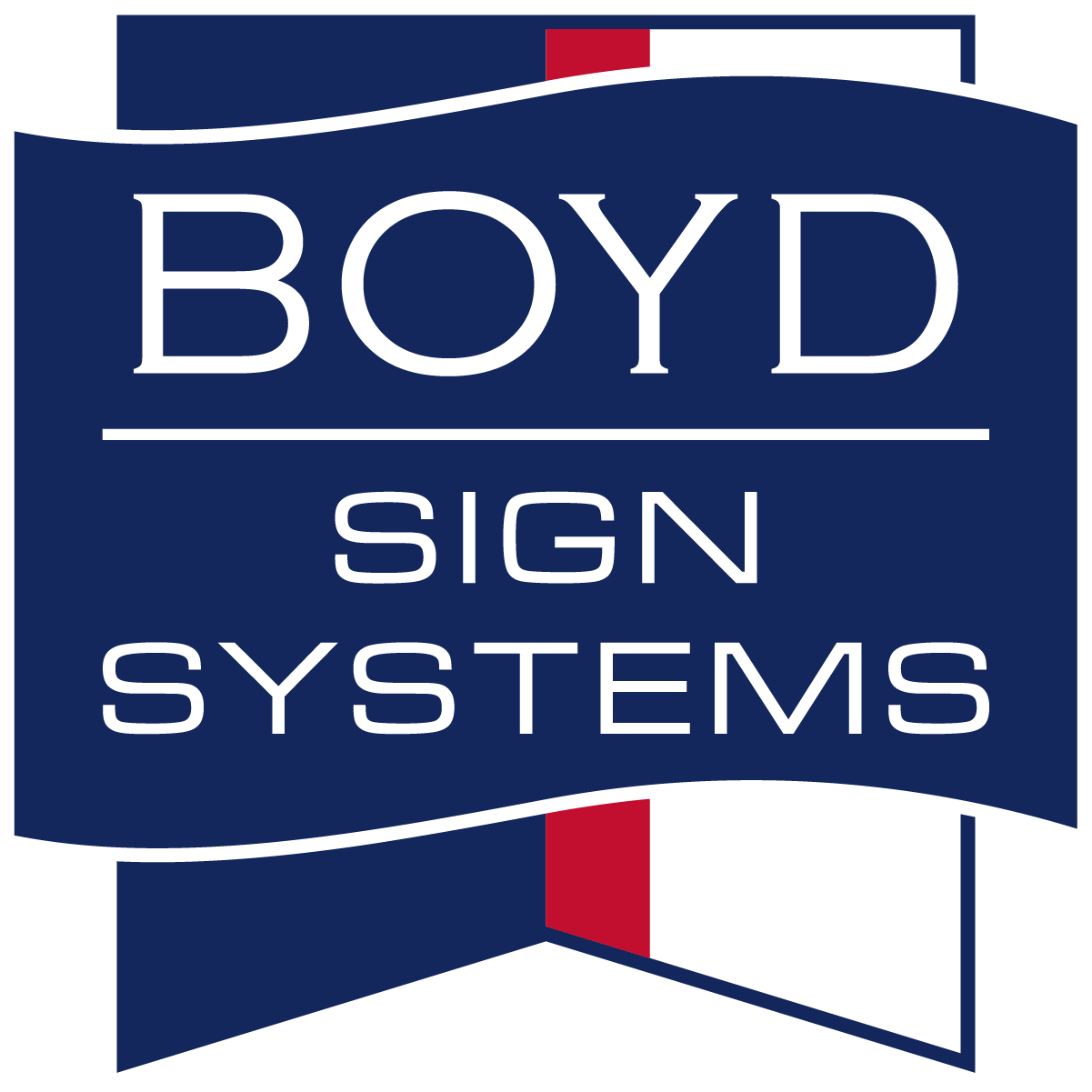Navigating Spaces: The Art and Science of Wayfinding and Architectural Signage
In today’s increasingly complex built environments, helping people find their way easily is more important than ever. Whether someone is rushing through a hospital campus, exploring a multi-level shopping center, navigating an unfamiliar airport, finding their way in a large hotel, or locating their car in a busy parking garage, effective wayfinding and architectural signage can transform a confusing environment into a smooth, stress-free experience.
What Is Wayfinding?
Wayfinding helps people navigate from one place to another through signs, architectural elements, and environmental design features that guide them intuitively through a space. More than just arrows or room numbers, effective wayfinding is a holistic approach that considers human psychology and how people naturally understand and move through environments. By creating a clear relationship between people and the spaces they occupy, good wayfinding reduces confusion and stress while enhancing the overall user experience within a building.
The Psychology Behind Navigation
Designing effective wayfinding starts with understanding how people naturally move through spaces. We rely on several cognitive processes when navigating, and effective systems should support these natural behaviors:
Landmark Recognition: People use distinctive visual elements like artwork, unique lighting, or architectural features as reference points to remember where they are.
Spatial Memory: As people move, they build mental maps of routes and spatial relationships. Wayfinding should support and enhance this natural mapping process.
Decision Points: Areas where people must choose a direction need clear, immediate signage to guide them confidently.
Environmental Cues: Elements like lighting, materials, and layout changes can guide people intuitively, even without formal signage.
Core Principles of Effective Wayfinding
Effective wayfinding is grounded in clear, consistent, and accessible design that helps people navigate spaces confidently. Core principles include:
Clear Hierarchy: Like a well-designed website, physical spaces need an organized structure. Primary routes should be easy to identify, with more detailed information provided as users move closer to their destinations.
Consistency: Using consistent typography, colors, symbols, and terminology across all signage builds trust and helps people quickly learn and follow the system.
Visibility and Readability: Signs should be easy to see and read, with the right size, contrast, and placement for different lighting conditions and viewing angles.
Accessibility and Cultural Awareness: Good wayfinding uses universal symbols and design practices that support users with visual, mobility, or cognitive challenges while being mindful of cultural differences and language barriers.
Types of Architectural Signage
Architectural signage plays a key role in effective wayfinding by providing clear, organized information throughout a space. Common types include:
Identification Signs: Answer the question “Where am I?” by clearly marking rooms, areas, buildings, or specific locations. These signs confirm that users have arrived at their intended destination and provide immediate spatial orientation.
Directional Signs: Guide people to their destinations by answering “How do I get there?” Strategically placed at decision points, these signs help users confidently choose the correct path.
Informational Signs: Share helpful details about spaces, services, hours of operation, or rules. These signs support navigation by providing additional context that helps users make informed decisions as they move through a space.
Regulatory Signs: Communicate important safety and compliance information, including restrictions, warnings, and required behaviors. While not primarily navigational, these signs are essential for maintaining a safe and accessible environment.
Integration with Architecture
The most effective wayfinding systems are planned alongside a building’s architecture from the earliest design stages, not added as an afterthought. Integrating wayfinding with architecture creates a seamless, intuitive experience for users and strengthens the overall design of a space. This integration can include:
Architectural Wayfinding: Using the building’s structure itself to guide people naturally through strategic placement of lighting, materials, ceiling heights, and spatial sequences.
Embedded Signage: Incorporating signage directly into walls, floors, or structural elements for a clean, cohesive look that blends information with the environment.
Landmark Features: Designing distinctive architectural elements that act as natural reference points, helping people orient themselves and navigate confidently.
Technology and Modern Wayfinding
Digital technology has transformed the possibilities for wayfinding, bringing flexibility and real-time updates through interactive kiosks, mobile apps, and digital directories. These tools can offer dynamic, personalized navigation and multilingual assistance while providing real-time updates on services and amenities. However, technology is most effective when it complements traditional wayfinding rather than replacing it entirely. A successful modern approach combines reliable physical signage with integrated digital enhancements, supported by well-designed digital signage enclosures that seamlessly blend into the environment. This hybrid strategy ensures spaces remain intuitive and accessible while offering the convenience and adaptability that today’s users expect.
Measuring Success
Effective wayfinding should reduce confusion and improve the overall experience for everyone using a space. A successful system will:
Reduce the need for people to ask for directions
Minimize time spent searching for destinations
Decrease stress levels within the environment
Improve accessibility and compliance
Increase user satisfaction and positive feedback
The Future of Wayfinding
As buildings grow more complex and user expectations continue to rise, wayfinding must evolve while staying true to the core principles of clear, intuitive design. The future lies in seamlessly blending physical signage, digital tools, and real-time data to create personalized, adaptive navigation without overwhelming users.
When wayfinding succeeds, it becomes invisible. It allows people to focus on why they are in a space, not how to get around it. By combining thoughtful design, human psychology, and practical functionality, we can create environments that are easy to navigate, welcoming, and supportive for everyone who moves through them.
Ready to Elevate Your Space?
Thoughtful wayfinding and architectural signage don’t just guide people—they transform how they experience your space. At Boyd Sign Systems, we partner with architects, designers, and facility managers to create intuitive, beautifully crafted signage solutions that enhance navigation while complementing your architectural vision.
Let’s build environments where people can move confidently and focus on what truly matters.



